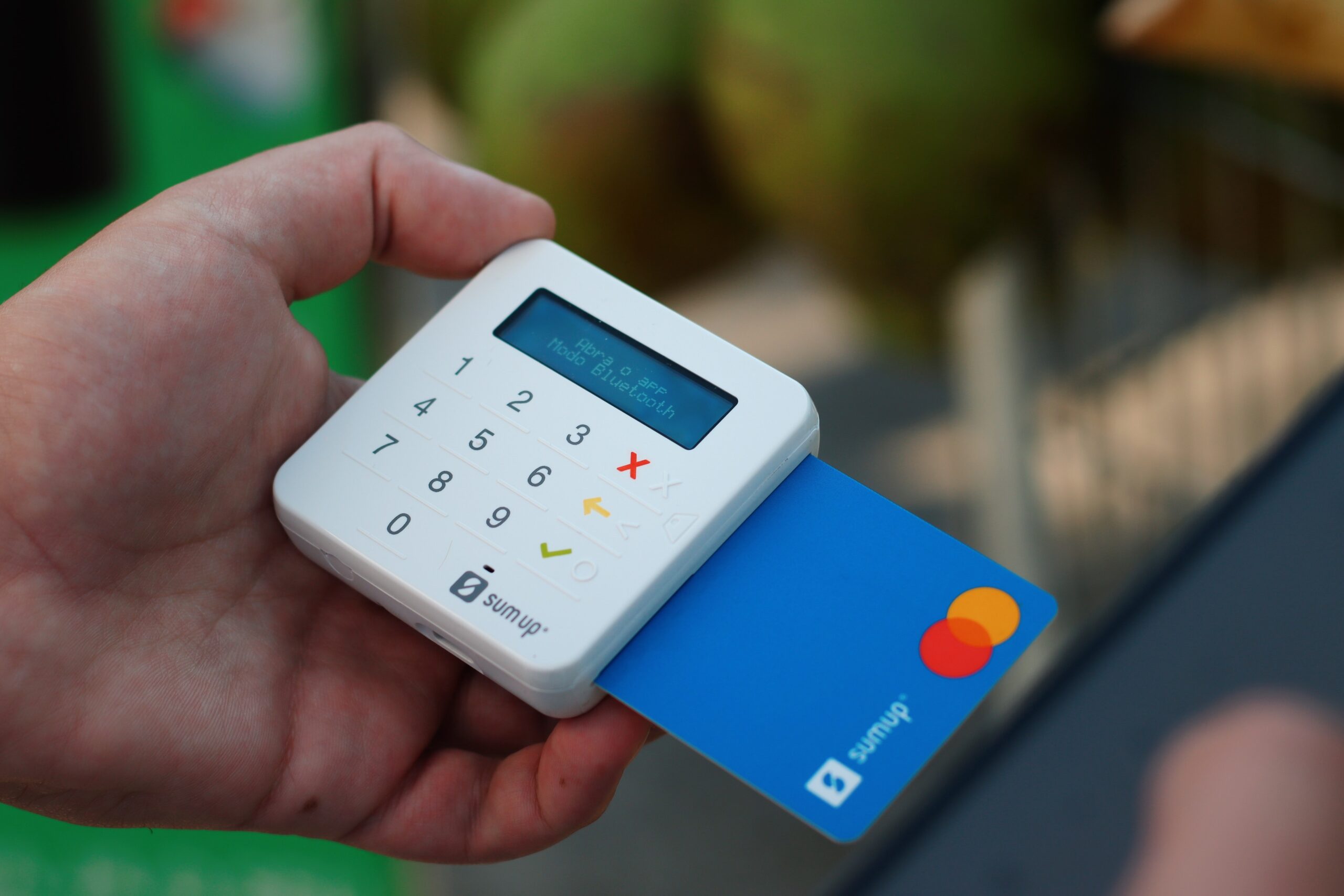
When it comes to making purchases with a credit card, it’s essential to understand the credit card chargeback process. While credit cards offer convenience and security, there may be instances where you encounter issues with a transaction. In such cases, a chargeback can be a useful tool to protect your rights as a consumer. In this article, we will explore the credit card chargeback process, its benefits, and how to initiate a chargeback if necessary.
What is a Chargeback?
A chargeback is a dispute resolution mechanism provided by credit card companies. It allows cardholders to request a refund for a transaction that they believe was unauthorized, fraudulent, or not as described. Essentially, it is a reversal of a credit card transaction that returns the funds to the cardholder’s account.
Why Initiate a Chargeback?
There are several reasons why you might want to initiate a chargeback. Some common scenarios include:
- Receiving a damaged or defective product
- Not receiving the product or service you paid for
- Being charged for a transaction that you did not authorize
- Experiencing fraudulent activity on your credit card
By initiating a chargeback, you can seek a resolution to these issues and potentially recover your funds.
The Chargeback Process
The chargeback process typically involves the following steps:
- Contact the Merchant: Before initiating a chargeback, it’s important to try and resolve the issue directly with the merchant. Reach out to them and explain the problem you encountered. In many cases, they may be willing to provide a refund or rectify the situation.
- Review Your Credit Card Statement: Take a close look at your credit card statement to ensure that the charge in question is indeed unauthorized or incorrect. Keep in mind that some charges may appear under a different name or description.
- Notify Your Credit Card Issuer: If you are unable to resolve the issue with the merchant, contact your credit card issuer. Inform them about the problem and request to initiate a chargeback. They will guide you through the necessary steps and provide the required forms or documentation.
- Submit the Chargeback Request: Fill out the chargeback request form provided by your credit card issuer. Include all relevant details, such as the transaction date, amount, and a detailed explanation of the dispute. Attach any supporting documentation, such as emails, receipts, or photographs, to strengthen your case.
- Investigation and Resolution: Once your chargeback request is submitted, the credit card issuer will investigate the dispute. They will review the information provided by both parties and make a decision based on the evidence. This process may take several weeks, and you may be required to provide additional information if requested.
- Resolution: If the chargeback is approved, the funds will be returned to your account. However, if the chargeback is denied, you may have the option to appeal the decision or explore other dispute resolution methods.
Tips for a Successful Chargeback
While each case is unique, here are some tips to increase your chances of a successful chargeback:
- Keep detailed records of all communication with the merchant, including emails, receipts, and screenshots.
- Act promptly and notify your credit card issuer as soon as you encounter an issue.
- Provide clear and concise information in your chargeback request, explaining why you believe the transaction is fraudulent or unauthorized.
- Include any evidence that supports your claim, such as photographs, tracking numbers, or correspondence with the merchant.
- Be patient and cooperative during the investigation process, responding promptly to any requests for additional information.
In Conclusion
The credit card chargeback process is an important tool that helps protect consumers from unauthorized transactions, fraud, and other issues. By understanding the steps involved and following the necessary procedures, you can seek resolution and potentially recover your funds. Remember to always try to resolve the issue directly with the merchant before initiating a chargeback. Keep records of all communication and provide clear and concise information to support your claim. By being proactive and informed, you can navigate the chargeback process with confidence.











